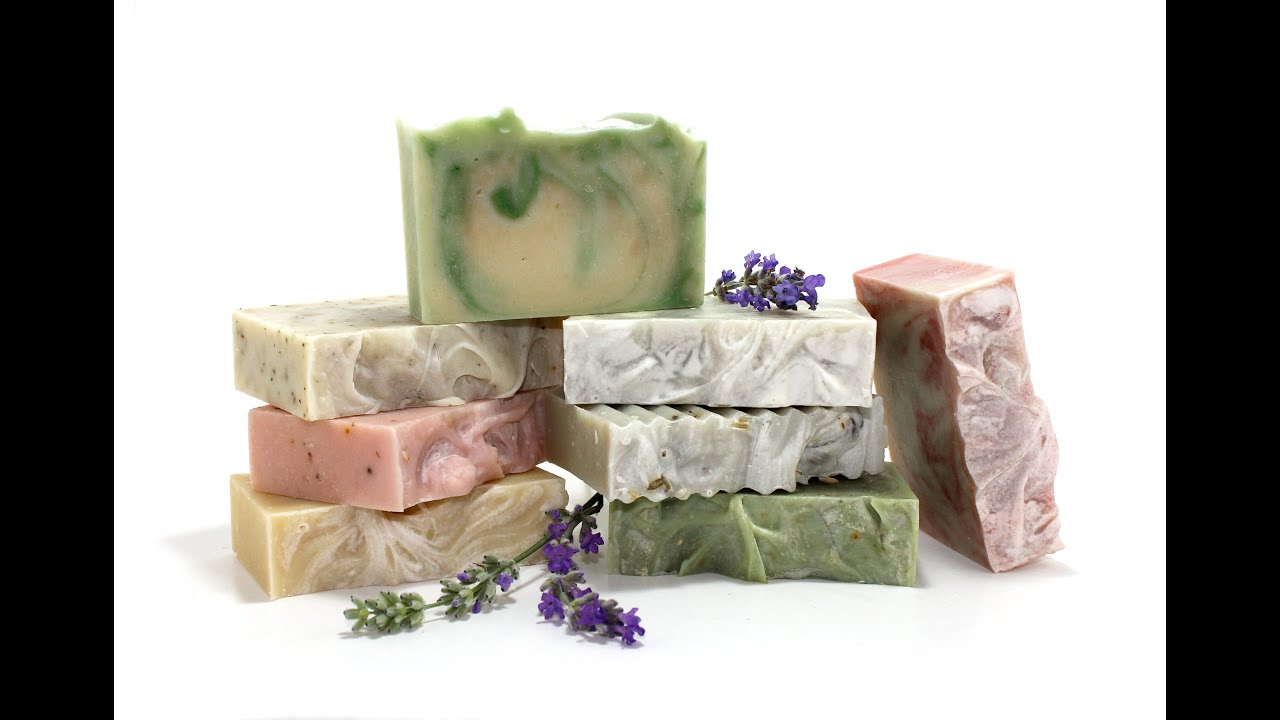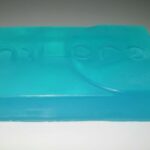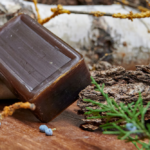- In Mesopotamia, first traces of soap recipe
- In ancient Egypt, people took perfumed baths…
- According to Pliny the Elder, the word “Sapo” is of gallic origin
- In the middle ages, soap is first a cure
- Importation of Aleppo soap to Europe
- When was soap first used in England?
- The first soap factory in France
- Toilet in the middle ages
- In the country, the river
- In the city, the public baths
- The renaissance, decrease in hygiene
- In the XVIIIth century, the fashioned perfumed soap
- In the 19th and 20th centuries, soap became an essential part of our daily lives
- The Turkish baths: a purifyıng ritual for the body and the mind

In Mesopotamia, first traces of soap recipe
The history of soap goes very back along. The first traces of soap recipes can be found in Mesopotamia on clay tablets that are more than 4000 years old. The Sumerians made their soap by mixing vegetable oil with clay and ashes.
In ancient Egypt, people took perfumed baths…
In Ancient Egypt, it was customary to wear perfume and make-up. The first beauty treatment is the perfumed bath. It was rubbed with natron, a kind of soda bicarbonate found naturally in Egyptian lakes and a paste of ash and clay.
According to Pliny the Elder, the word “Sapo” is of gallic origin
Pliny the Elder attributes the invention of soap to the Gauls in his encyclopedia “Natural History”, which was then made from alkaline or potassium ashes, tallow, boar lard or surplus inedible oils. Soap was then used to whiten or redden hair.
In the middle ages, soap is first a cure
It was also used as an ointment and cosmetic.
Importation of Aleppo soap to Europe
It is from the eighth century that Aleppo soap, the origin of all hard soaps in the world, is developed. It was imported into the West thanks to the Crusades. It is in Italy and Spain that the first soap factories were created in Europe.
When was soap first used in England?
The lands of Medieval Spain were a leading soapmaker by 800, and soapmaking began in the Kingdom of England about 1200.
The first soap factory in France
It was created in Marseille in the 15th century.
Toilet in the middle ages
Contrary to popular belief, the Middle Ages is a period when people liked to wash and washed often. Houses did not have a particular room for the toilet. They then bathed in the bedroom in a wooden tub. They also washed hands and feet before sitting down to eat. Here is a recipe from the XIVth century written by a husband for his young wife ” Either you put chamomile or marjoram on it (on warm water), or you put rosemary to cook with orange peel. And also laurel leaves are good there “.
In the country, the river
The toilet, in summer, is done at the river where men and women bathe together.
In the city, the public baths
People often went to public baths. There were twenty-six of them in Paris, under Philippe Auguste, and Parisians were asked to warn passers-by before emptying their bucket through the window… It was customary to shout three times: “Beware of the water! “so that no one gets it on their head.
The renaissance, decrease in hygiene
People prefered to perfume themselves than to wash.
In the XVIIIth century, the fashioned perfumed soap.
People got back into the habit of washing. Scented soaps are in fashion. Under the English influence, a room dedicated to the toilet began to appear in the construction of houses.
In the 19th and 20th centuries, soap became an essential part of our daily lives.
The arrival of running water and the improvement of the standard of living coupled with the development of science and industry largely contributed to the rise of soap to make it an indispensable part of our daily lives.
The Turkish bath: a purifying ritual for the body and the mind
A legacy of the Byzantine and Ottoman empires, the Turkish bath, also known as a hammam, embodies the oriental tradition of caring for body and mind. Foreshadowing a real moment of well-being, between relaxation and hygiene, this bath which follows a whole ritual, is inspired by the Roman baths. It uses the benefits of heat and water vapour.
Hygiene, care, meditation … generally associated with a purification ritual, the Turkish bath is a must before going to the mosque, the day before the wedding, after childbirth. Men and women are received there separately, in different spaces or at dedicated times. After stopping in a cabin in the vestibule or cloakroom to undress, customers drape themselves in a peştemal, a sort of loincloth in cotton or silk decorated with checkered patterns, given at the entrance.
The Turkish bath ritual begins with a sweating session of about 10 minutes. The body is then coated with black soap and then rinsed with clear water, taken from a basin or a marble-bowl topped with taps using a heap (hammam bowl in copper or enamel). Hot water is used for the upper part of the body. Coldwater is reserved for the feet. Then it is the turn of the exfoliation: dynamic friction with the exfoliating glove allows you to get a new look by removing dead cells. A final rinse and you can go for a massage…
If you wish to buy Turkish Soaps from Turkey, please do not hesitate to contact us by mail at [email protected] or to call us at +90 532 361 5149. We can help you to get in direct contact with producers or provide you with everything that you need.











